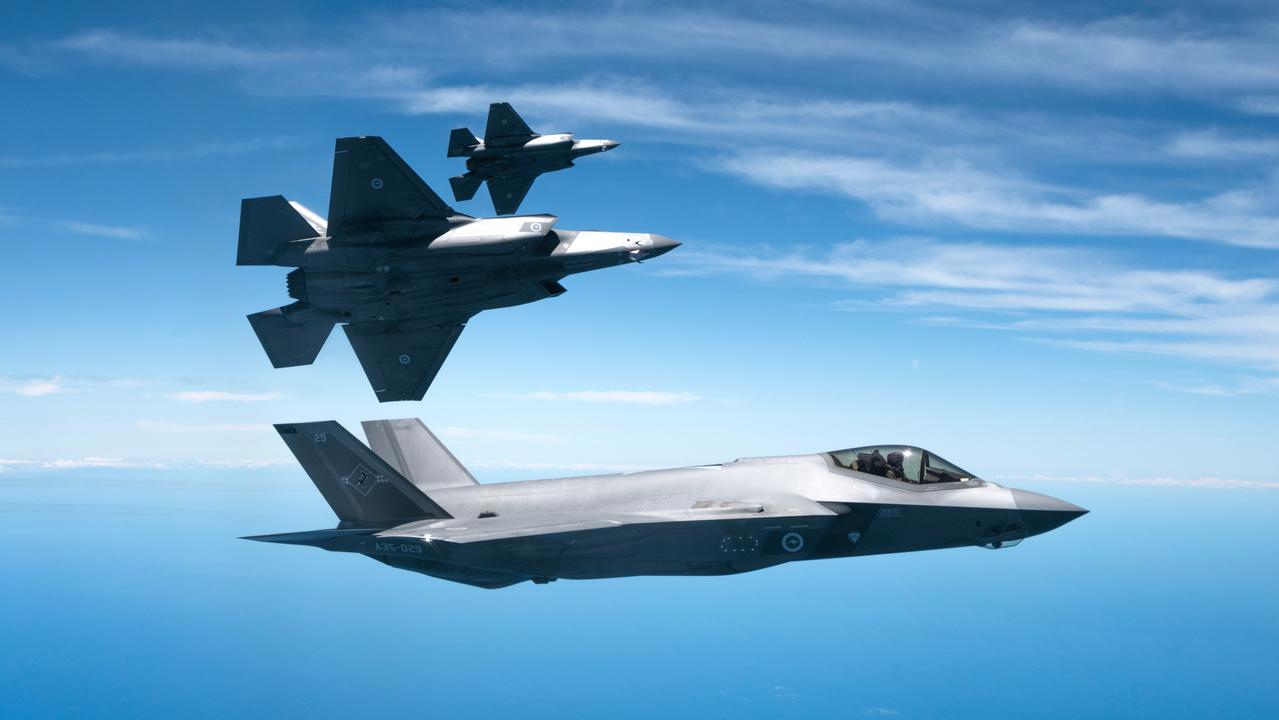Construction begins on the navy’s first Hunter-class vessels
The Hunter-class frigate program has now entered the production phase, with the ceremonial cutting of steel on the first vessel at BAE Systems Australia’s shipyard at Osborne.

The Royal Australian Navy’s Hunter-class frigate program has entered the production phase, with the ceremonial cutting of steel on the first vessel taking place at BAE Systems Australia’s shipyard at Osborne on June 21.
The steel cut was initiated by Defence Minister Richard Marles and South Australian Premier Peter Malinauskas immediately after the production contract for the first three high-end anti-submarine warfare (ASW) frigates had been signed.
“This is a proud moment for us all at BAE Systems Australia and it comes at a time where the capability of Hunter has never been so important,” says BAE Systems Australia chief executive Ben Hudson.
“Hunter will be one of the most technologically advanced, stealth-capable, anti-submarine warfare vessels in the world.”
BAE Systems Australia had originally been selected to build nine ships, but the government’s Surface Combatant Review, released in February, slashed this number to six. Instead, the navy plans to retire its Anzac-class frigates earlier than planned and acquire 11 general-purpose frigates as a matter of urgency.
The current schedule calls for construction of the first Hunter frigate to be completed in 2032, and for it to be operational in 2034.
The Hunter design is based on BAE System’s Type 26 ASW frigate, now under construction in the UK, but it has been modified to include CEA Systems’ cutting-edge CEAFAR electronically scanned array radar, the Lockheed Martin Aegis Baseline 9 combat system; and a Saab Australia 9LV tactical interface, as well as other sensors and equipment.
While these modifications have added significant capabilities compared with the Type 26 ship, they come at the price of increased weight and beam, which has increased the Hunter’s displacement to 8200 tonnes – 500 tonnes more than the British design.
However, while testifying before a Defence Senate Estimates hearing in June, Defence’s Major Surface Combatants and Combat Systems first assistant secretary Sheryl Lutz said the Hunter’s performance remained within requirements. “The requirements are (for) the speed and range of the Type 26, taking into account the modifications for Australia,” Lutz said.
Cost is also an area where the Hunter Class Frigate Program has attracted criticism, having grown from $35bn when first announced in 2018, to $44.3bn by the time the program was approved.
How the reduction from a nine-ship build to a six-ship program has since affected this cost is something that Defence is reluctant to comment upon.
When asked at the Senate Estimates Hearing whether the cost had now exceeded $45bn for three fewer ships, Lutz would only say that the matter was with government for approval.
BAE Systems Australia’s managing director – maritime Craig Lockhart says the Hunter-class frigate program had met every key milestone since November 2021, and was on schedule.
“We started building what we called ‘Schedule Protection’ blocks in May last year, before we had a contract,” Lockhart says.
“We made the decision to do that, in concert with the commonwealth, in order to keep to the timeline and not leave any gap between prototyping and the actual ship-one blocks.”
Each ship is made up of 22 blocks, and six were under construction at Osborne at contract signature in June.
Lockhart also highlights the value of the program to Australia’s continuous naval shipbuilding strategy.
“We are laying the foundations and embedding this capability within Australian industry as a whole,” he says. “The fact that we have been tasked with this speaks to the confidence successive commonwealth and state governments have in us as a company.”
“We are building up the workforce, establishing a skills and knowledge base and uplifting the Australian supply chain to enable Australia to build and sustain its own complex warships for generations to come.”


